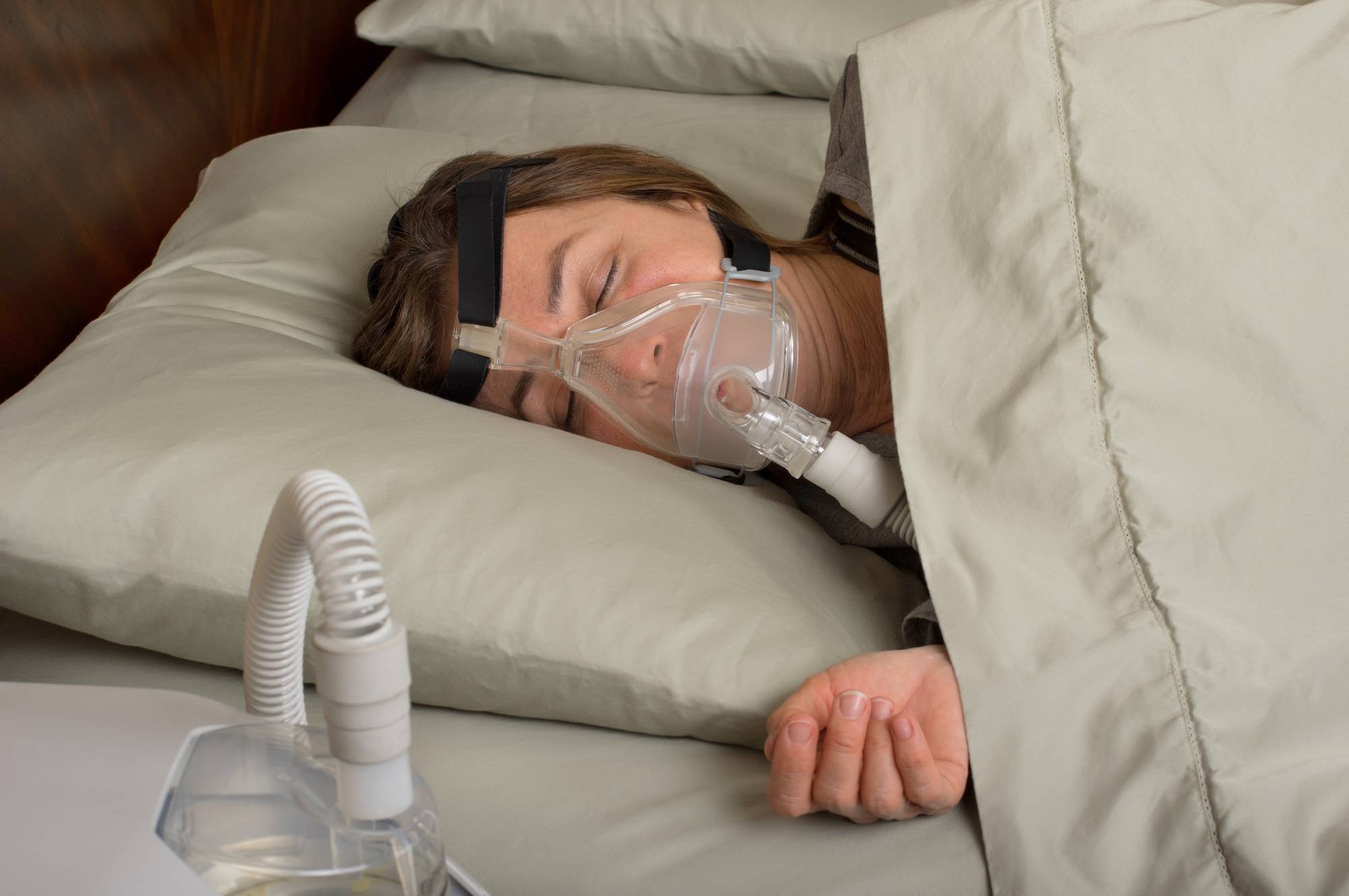People with sleep apnea or other sleep problems have been using CPAP machines to help them get better sleep for decades. CPAP therapy is sometimes recommended by institutions like the Mayo Clinic, which describes CPAP use as the most common strategy to treat sleep apnea.
Despite the popularity of treating sleep issues with CPAP machines, many people are still unfamiliar with them. What is a CPAP machine, and what makes it such a popular treatment choice? On top of that, what are alternatives to CPAP machines for those who are put off by the disadvantages of CPAP therapy?
Learning more about CPAP machines and other ways to treat poor sleep can be life-changing. Finding the right treatment for your snoring or sleep apnea will make both your nights and days more comfortable.
Read on to learn all about CPAP machines and other potential sleep treatments!
What Is a CPAP Machine?
CPAP is an acronym that stands for continuous positive airway pressure. Its name comes from the fact that it provides a steady flow of air to users so that it is easier to breathe.
To use a CPAP machine, people wear a mask while they sleep. In general, this mask will cover the nose, the mouth, or both.
CPAP machines use a motor to create pressurized air that helps people to breathe. To avoid drying out people’s airways, they often come with a humidifier built in as well. The mask that you might wear while using a CPAP machine will be connected by tubing to the motor and humidifier aspects of the machine.
Understanding the Root Cause of Poor Sleep
When you understand a little bit about how snoring works, it will be easier to understand why CPAP machines can sometimes help alleviate it. When people inhale while they sleep, their diaphragm pulls down on their lungs. This creates a vacuum pressure that travels up the windpipe and pulls in air from the environment.
However, think about what happens when you create a strong vacuum in a soft straw. A strong enough vacuum force will pull in the sides of a straw, closing off the airway.
This is often the root cause of snoring. People develop saggy soft palates that cannot resist the vacuum forces created during normal breathing. As a result, when they inhale, parts of their windpipe close in on themselves, reducing airflow.
However, when airflow is reduced, it reduces the vacuum forces created during breathing, so the windpipe can open back up again and allow air to flow through. But when that happens, the resumed breathing creates a vacuum force again, causing the windpipe to close in on itself again.
That is why snoring has the distinct sound that it does. When people snore, their windpipe is rapidly oscillating between being open and closed.
CPAP machines create continuous positive airway pressure. That means that there is no vacuum force in the windpipe during inhales. As a result, people can maintain a continuous flow of air regardless of how resistant their windpipe is to collapsing due to vacuum forces.
Cons of Treating Loud Snoring With a CPAP Machine
Although CPAP treatment can be effective for many people, it does come with certain disadvantages. For one thing, many people find it inconvenient to wear a CPAP machine mask every night.
When people first start receiving CPAP treatment, they often feel an immediate sense of relief. However, as days and weeks go by, it can become more uncomfortable to wear the mask.
Depending on your sleep style, it might also be difficult to use a CPAP mask. People who tend to move around in their sleep or sleep on their bellies may find that the mask is even more uncomfortable.
On top of that, CPAP masks can sometimes cause skin irritation. People sometimes manage this by using cushions or mask liners to make them more comfortable.
However, CPAP machines also create a certain amount of noise, which can be disturbing for users or their partners. Some people manage this problem by using a white noise machine. But many people are looking for a less complicated way to improve their sleep quality in a permanent way.
New Treatments for Sleep Apnea
Because snoring is often the result of sagging tissue in the soft palate, finding a way to tighten up the soft palate and provide structure for it can cut off snoring at the source.
As long as you have a supported soft palate, it will not matter that your lungs create a natural vacuum force during inhales. New treatments for sleep apnea allow patients to enjoy a firmer soft palate in as little as 20 minutes.
Our new minimally invasive procedure can provide a firmer soft palate with a minimum of side effects. Although some patients report feeling something like a sore throat for a couple of days, recovery is also quick and simple.
Understand What a Sleep Specialist Can Do for You
If you have ever wondered, “What is a CPAP machine?”, we hope we have answered your question. If you are looking for ways to stop snoring and improve your sleep quality, then you might want to consider our new sleep apnea treatment procedure. Although CPAP machines provide certain advantages, many people are looking for a more convenient way to get better sleep at night.
To learn more about how the right sleep apnea treatment can help you with your sleep, reach out and get in touch with us here at any time!



